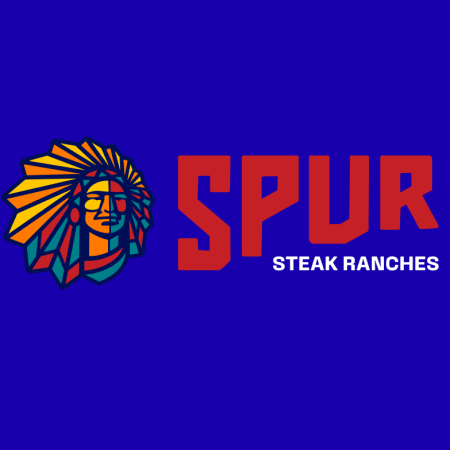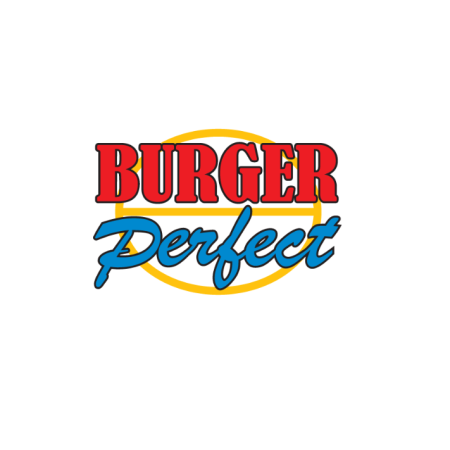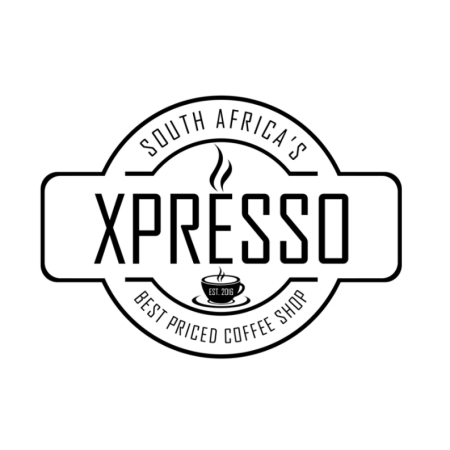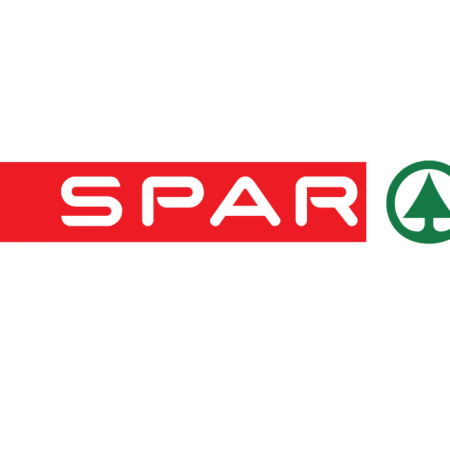Introduction
In the fast-paced world of the food industry, the concept of a traditional brick-and-mortar restaurant is evolving. Franchising trends are shifting dramatically, with ghost kitchens and virtual brands leading. This dynamic duo is revolutionising how food is prepared and delivered and opening new doors for entrepreneurs and established brands alike. Let’s dive into the world of ghost kitchens and virtual brands and explore how they’re transforming the franchising landscape.
What Are Ghost Kitchens?
Ghost kitchens, also known as cloud or dark kitchens, are commercial kitchens set up solely to fulfil online orders. These kitchens do not have a dine-in option; their primary focus is delivery and takeout. By eliminating the need for a physical storefront, ghost kitchens can operate at a fraction of the cost of traditional restaurants.
The Rise of Virtual Brands
Virtual brands, on the other hand, exist purely in the digital realm. They are restaurant brands operating exclusively online without a physical presence. These brands leverage the infrastructure of ghost kitchens to prepare and deliver their food. This trend allows restaurateurs to experiment with new concepts, cuisines, and menus without the risk and overhead of opening a traditional restaurant.
Why Are Ghost Kitchens and Virtual Brands Trending?
1. Cost Efficiency: Traditional restaurants have high operational costs, including rent, utilities, and staffing. Ghost kitchens significantly reduce these expenses, allowing brands to allocate resources more efficiently.
2. Flexibility and Scalability: Virtual brands can quickly adapt to market trends and customer preferences. With the ability to pivot and experiment with different concepts, these brands can scale rapidly without the constraints of physical locations.
3. Increased Reach: Ghost kitchens can cater to a broader audience by focusing on delivery. They can strategically place kitchens in high-demand areas, ensuring faster delivery times and a more extensive customer base.
4. Data-Driven Decisions: In the digital space, ghost kitchens and virtual brands can leverage data analytics to understand customer behaviour, optimise menus, and improve overall operations.
Success Stories
Several South African brands and franchises have successfully embraced the ghost kitchen and virtual brand trends. Here are a few notable success stories:
1. Dineplan
Dineplan, a South African restaurant reservation platform, launched several virtual brands that operate out of ghost kitchens. These virtual brands have leveraged Dineplan’s existing infrastructure and marketing reach to establish a presence in the competitive food delivery market quickly.
2. Roman’s Pizza
Roman’s Pizza, a popular South African pizza franchise, has adopted the ghost kitchen model to expand its delivery capabilities without the overhead costs of traditional brick-and-mortar establishments. Using ghost kitchens, Roman’s Pizza has reached new markets and increased its delivery efficiency.
3. The Hussar Grill
The Hussar Grill, known for its premium steakhouse experience, ventured into the ghost kitchen space by creating a virtual brand that offers a more casual and accessible menu. This move has allowed them to tap into the growing demand for quality food delivery while maintaining their brand identity.
4. Chicken Licken
Chicken Licken, one of South Africa’s largest fried chicken chains, has also explored the ghost kitchen trend. They have launched virtual brands that offer a variety of chicken-based dishes, catering to different tastes and preferences. This strategy has helped them reach a broader audience and increase their market share in the food delivery sector.
5. Vuyo’s
Vuyo’s, a South African brand known for its boerewors (a type of sausage) and other local delicacies, has successfully utilised ghost kitchens to expand its reach. By operating out of ghost kitchens, Vuyo’s can serve customers in multiple locations without traditional restaurant spaces, allowing for more flexible and scalable growth.
6. Salsa Mexican Grill
Salsa Mexican Grill, a fast-casual Mexican restaurant chain, has embraced the virtual brand trend by creating ghost kitchens that focus exclusively on delivery and takeout. This approach has enabled them to optimise their operations and cater to the increasing demand for convenient, high-quality Mexican food. Adding a virtual brand or a ghost kitchen is an excellent way for existing restaurants to leverage their infrastructure.
These success stories illustrate how South African brands and franchises are innovatively leveraging the ghost kitchen and virtual brand trends to expand their reach, increase efficiency, and meet the evolving needs of consumers.
The Future of Franchising
The rise of ghost kitchens and virtual brands is just the beginning. As technology advances and consumer preferences shift, the franchising landscape will evolve. Here are a few trends to watch for:
1. Integration with Technology: Expect more AI and machine learning integration to optimise kitchen operations, predict demand, and personalise customer experiences.
2. Sustainability Initiatives: Ghost kitchens can play a significant role in reducing food waste and minimising the food industry’s environmental footprint by utilising efficient inventory management systems.
3. Global Expansion: With ghost kitchens’ scalability and virtual brands’ scalability, franchisors can quickly expand their operations to new markets without significant investment in physical infrastructure.
Conclusion
Ghost kitchens and virtual brands represent the future of franchising in the food industry. They offer a cost-effective, flexible, and scalable solution for entrepreneurs and established brands. As these trends continue to gain momentum, we can expect to see even more innovation and transformation in how we think about food delivery and dining experiences. The digital revolution in the food industry is here, serving up a tempting array of opportunities for those ready to embrace it.
By embracing the trends of ghost kitchens and virtual brands, aspiring franchisees can tap into a burgeoning market that promises growth and innovation. Whether you’re a seasoned restaurateur or a budding entrepreneur, these trends offer a fresh perspective on the future of the food industry.










